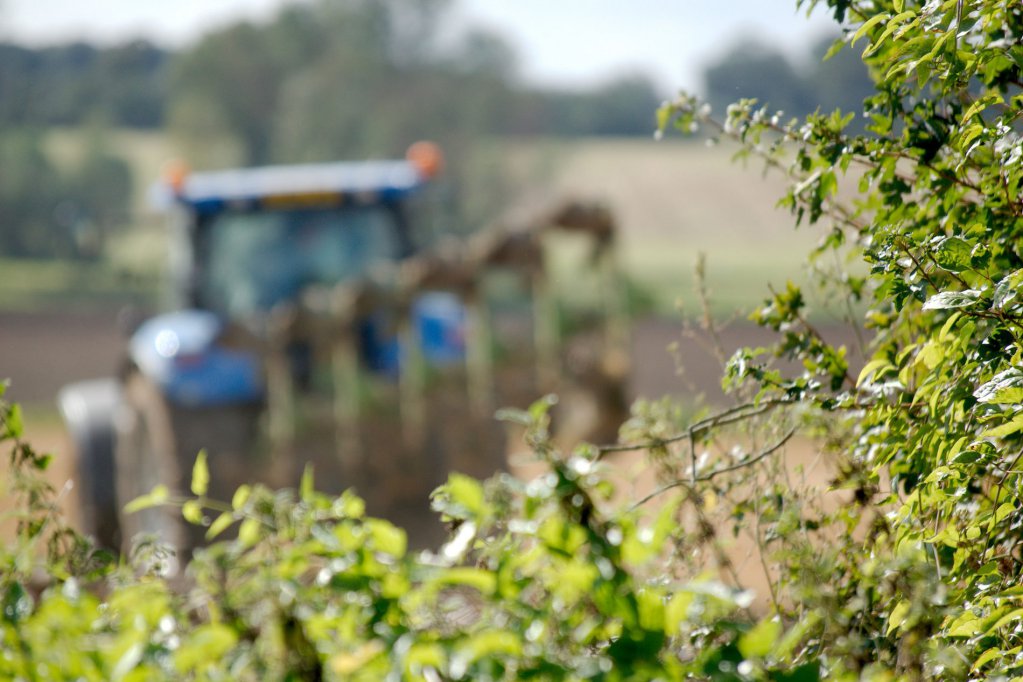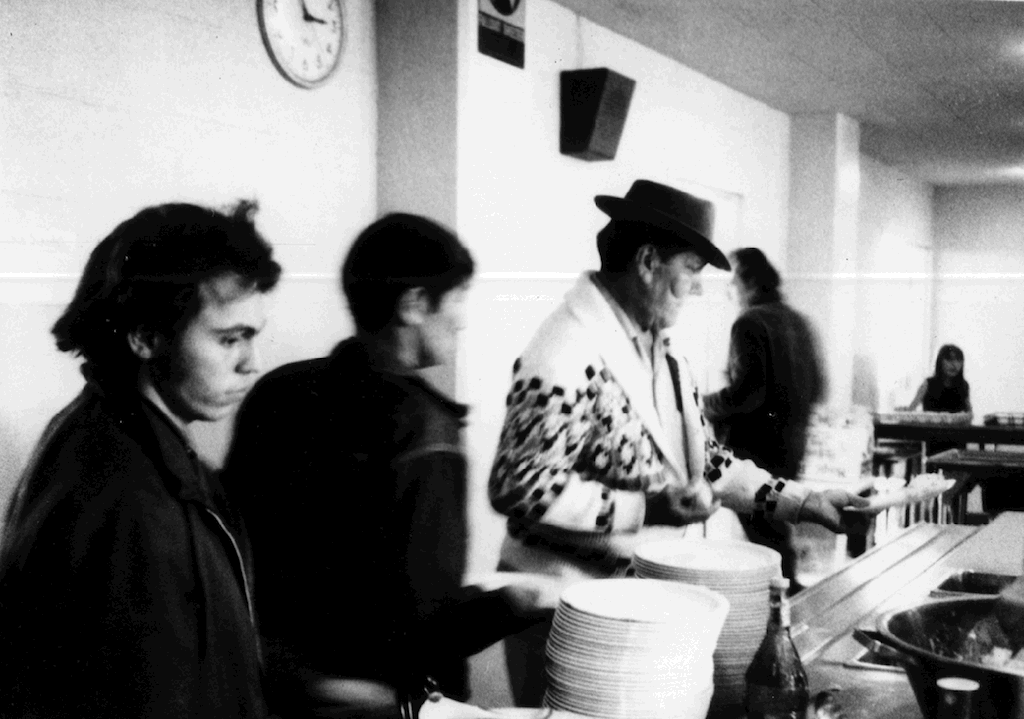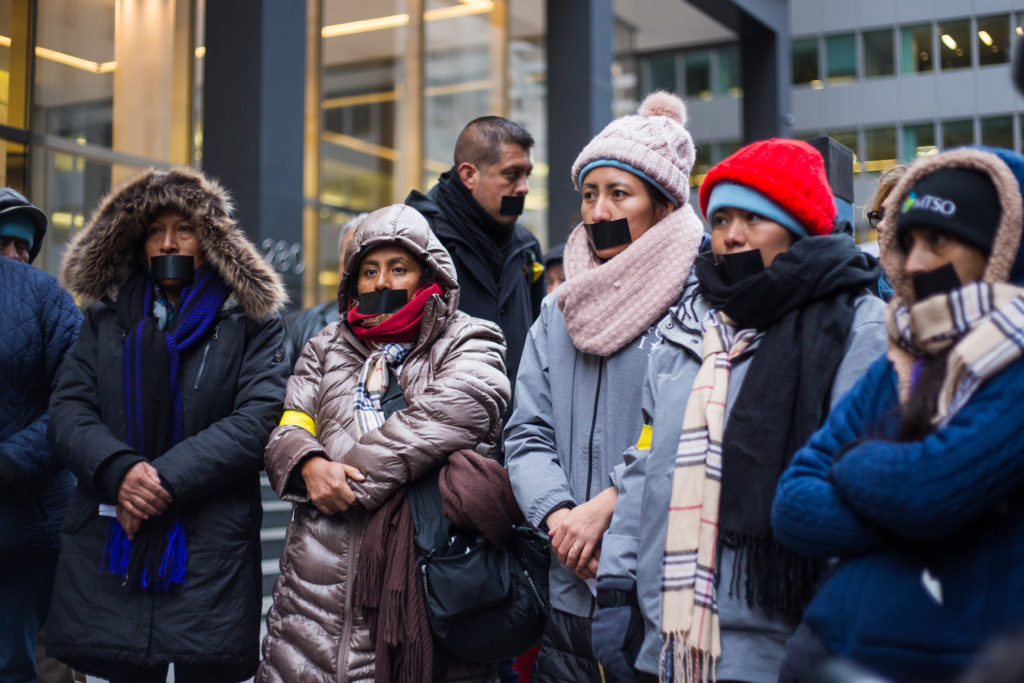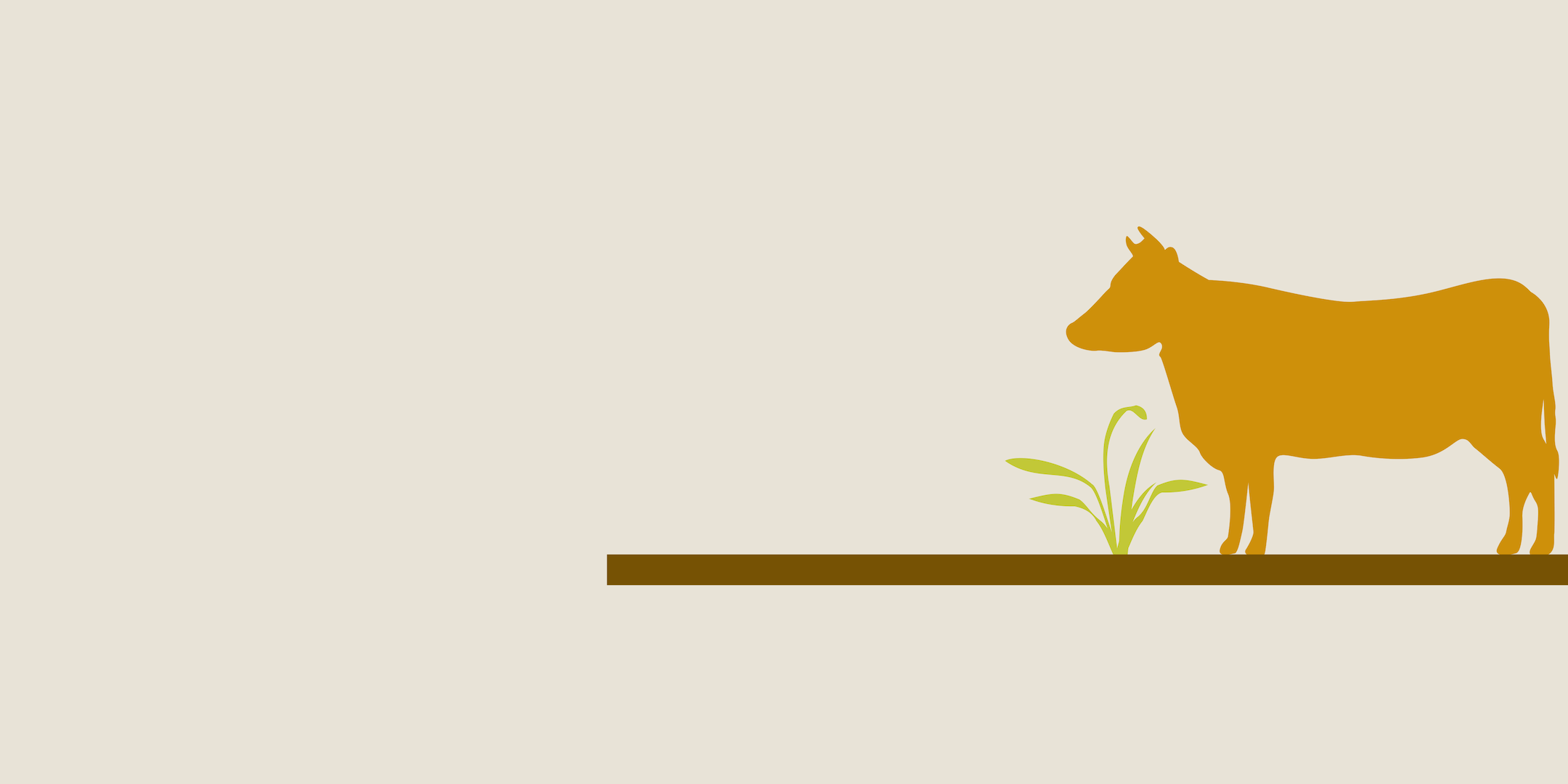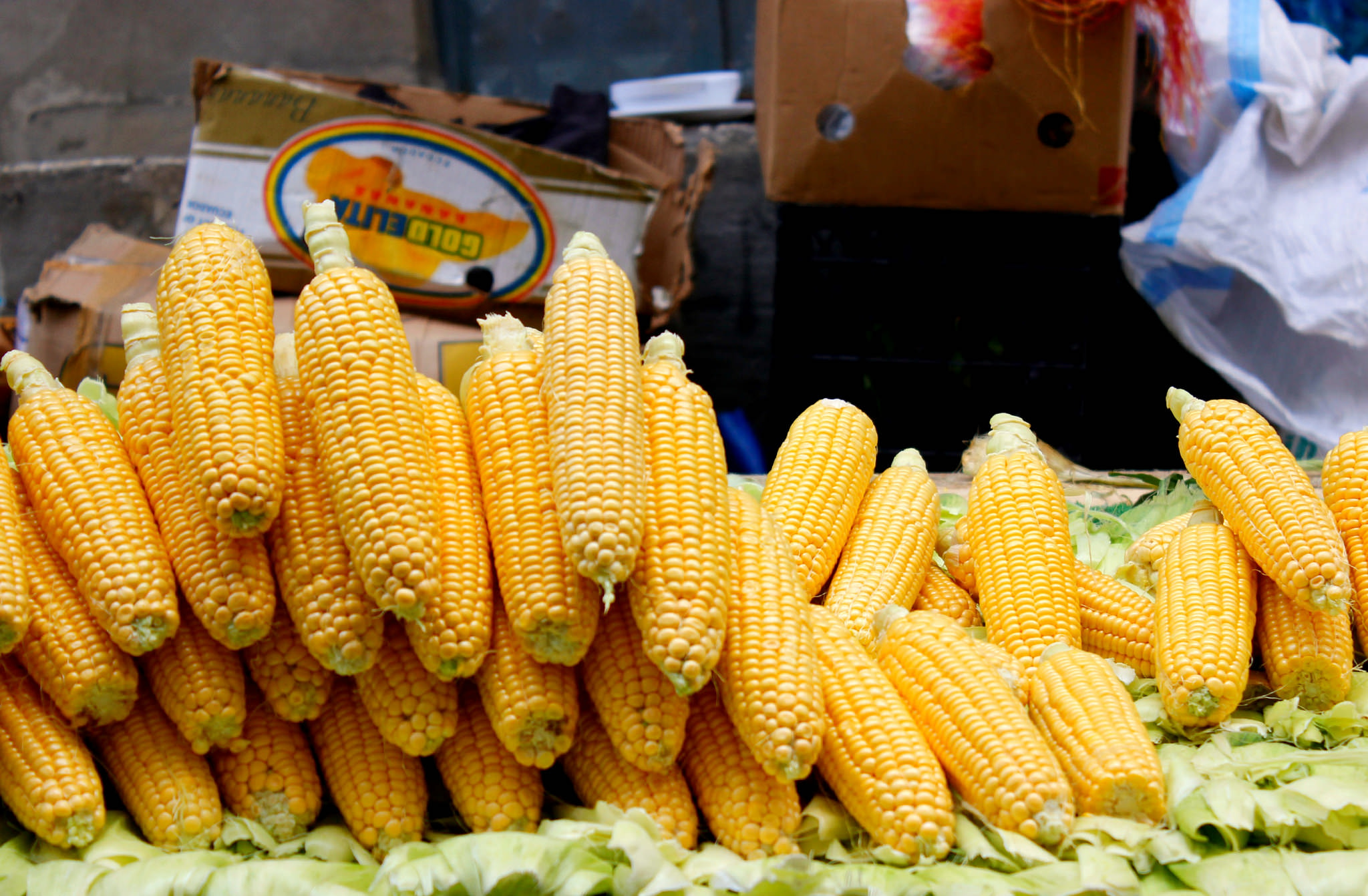Last month, we reported on a study in The American Journal of Agricultural Economics which argued that America’s food waste problem—despite dramatic statistics repeated endlessly by think tanks and the press—may not be as high as previously reported. Or, it might be: We really just don’t know. The problem is that different organizations tasked with measuring food waste, from the Food and Agriculture Organization of the United Nations (FAO) to the United States Department of Agriculture (USDA) define the term “food waste” differently, and as such their estimates use a wide variety of methodologies. When you start to poke a little at the different definitions, it quickly becomes clear how speculative the whole thing is. And that makes it hard to agree on, let alone implement, solutions.
This week, a handful of slightly unusual allies teamed up to announce their intent to tackle the food waste data gap from another angle. The World Wildlife Fund (WWF), the government-funded Foundation for Food and Agriculture Research (FFAR), and the Walmart Foundation on Wednesday announced a $1.3 million research program that will be used to identify and address the sources of pre-consumer food waste. Though the issue doesn’t get as much attention as the food we let spoil in our fridges and pantries seems to, large volumes of perfectly edible produce never even make it to the Greenmarket and grocery store.
How much, exactly? No one really knows. The problem can be attributed to a variety things, from “ugly” produce that doesn’t adhere to stringent cosmetic codes to insufficient on-farm storage capacity. Its’s also common that farmers—due to labor shortages, frosts, droughts, or other disruptions—let their crops rot on the field. One USDA study estimated that 7 percent of American fields remain unharvested each season. And yet Sally Rockey, FFAR’s executive director, tells me that the exact amount of on-farm waste is not known and the causes aren’t fully understood.
“This is really an area where we don’t have a clear understanding,” she says, “so we’re trying to fill in where we can with data.”
The two-year private-public partnership will use the money to fund research that will likely give the clearest picture yet of what leads to pre-consumer waste. Since every commodity is different, that means studying a wide variety of crops. Scientists at the University of California Davis will study why crops like leafy greens, peaches, and tomatoes so frequently never make it past the farm gate. And a team led by the Global Cold Chain Alliance will examine why some produce—specifically Idaho potatoes, Florida tomatoes, Arizona romaine, and New Jersey peaches—get wasted on the journey between farms and grocery stores.
The project is not just about the environmental concerns associated with waste—a major focus will be on helping farmers of all sizes and scales become more efficient, looking for ways they can get more viable product out of the same amount of work. Rockey also hopes they’ll be able to uncover ways for different industries to work together—symbiotically, perhaps. Think mushrooms growing on coffee grounds, for example.
We’ll be waiting to hear the results of the latest research. In the meantime, we’ll just be here, using up our produce.
